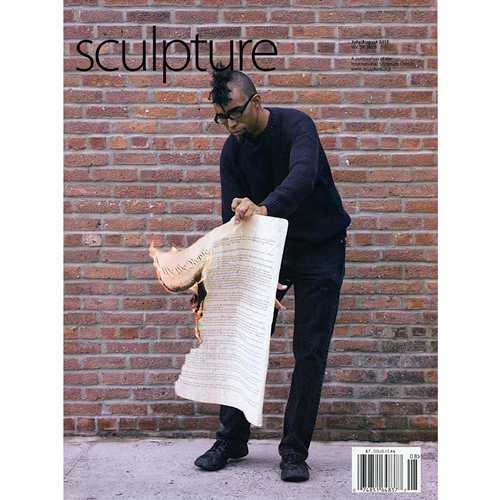 |
| Julie Mehretu. “Untitled (Detail),” (2015). Ink and acrylic on canvas. 48 x 60 inches. Courtesy the artist. Photo: Alex Yudzon. Image via flaunt.com |
Julie Mehretu: “That Intermediate Space, That Indeterminate Space”
Text | William J. Simmons
Excerpt:
Julie Mehretu’s characteristically nuanced and lyrical understanding of her role as an artist in the 21st century is as pragmatic and grounded as it is hopeful:
“One of the big issues for me as I continue making paintings is a belief or an insistence that this continues to be necessary, considering what is taking place in the world and how fundamentally messed up it is. Given the devastating realities of life, what keeps pulling me back into the studio to keep painting? There’s a place in them that emerges from an effort to invent a way to deal with this moment. The new paintings come from this necessary investigative space. It’s not a justification; I feel that painting is necessary, essential, and crucial. The same is true for anyone making art.”














